You may be apprehensive to start training BJJ due to the threat of injury or you may be currently nursing an injury. Don’t worry there are many simple things you can do to keep your body fit and healthy while training BJJ.
How to avoid injuries in Brazilian Jiu Jitsu (BJJ)? To avoid injuries in Brazilian Jiu Jitsu (BJJ) you should follow these simple steps; warm up before training, perform the techniques correctly, train with partners who value your safety, when caught in a submission tap early, stay hydrated throughout your training session and train under the supervision of a good instructor. To learn how to avoid injuries in Brazilian Jiu Jitsu (BJJ) please read below where I show you the steps you should follow in more detail.
Is Brazilian Jiu Jitsu (BJJ) Safe?
You may be wondering if BJJ is safe, you have nothing to fear. Brazilian Jiu Jitsu consistently ranks as the safest full contact martial art and is safer than many other sports such as soccer. BJJ has an injury rate of 36 per 1000 athletes compared to soccer which has an injury rate of 37 per 1000 athletes. People don’t consider soccer to be a dangerous sport and I think if more people knew that BJJ has a lower injury rate more people would be more willing and less anxious about giving BJJ a go.
What Are the Most Common Injuries in Brazilian Jiu Jitsu (BJJ)?
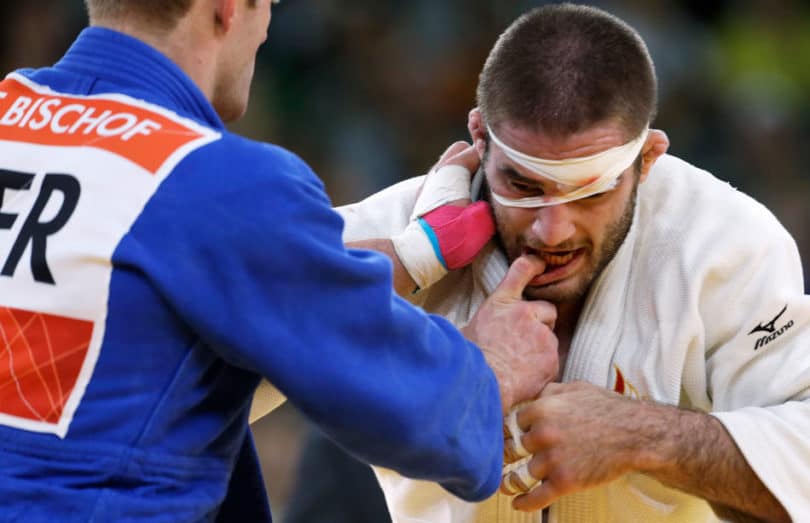
If you are unlucky enough to get injured in Brazilian Jiu Jitsu (BJJ), most likely you will suffer a mild hand, foot and or injury. Injuries which require medical attention are rare and are usually skin infections such as ringworm/staph or knee injuries. Fortunately skin infections can be treated rapidly with creams and antibiotics and should only take you off the mat for a week or two. Takedowns are responsible for the majority of the common injuries in BJJ as people fall awkwardly and land on each other. Of the submission techniques armbars cause the most injury due to people not tapping early enough and the force armbars can place on the tendon and ligaments in the arm and elbow. You can greatly risk your chance of suffering these injuries by implementing the steps laid out below.
How To Warm Up for Brazilian Jiu Jitsu?
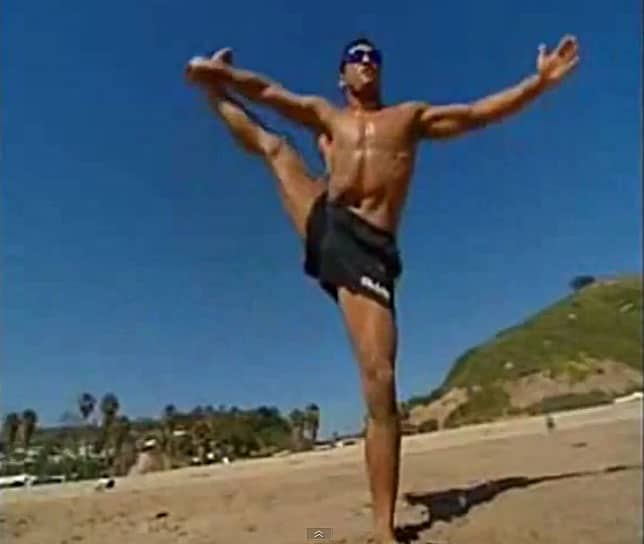
Is warming up before BJJ necessary? Yes, warming up before training decreases the likelihood of injury. Warming up increases your core temperature resulting in increased muscle flexibility and movement. Unwarm muscles are more likely to be overstretched, torn and broken compared to warm muscles.
An effective warm-up for BJJ should stretch your muscles, raise your heart rate and let you practice some BJJ related movements. I recommend this warm up: 5 mins – Jogging,skipping,running backwards,High knees etc.
15 mins – Combination of basic gymnastic movements and specific BJJ movements – Forward/Backward roll, Cartwheel, Handstand, animal walks, bridge, hip escapes, double leg shots
5 mins – static stretching particularly necks, shoulders, groin, hamstring
This simple warm up will decrease your likelihood of injury while also preparing your body to perform at its best during BJJ training.
Use Good Technique
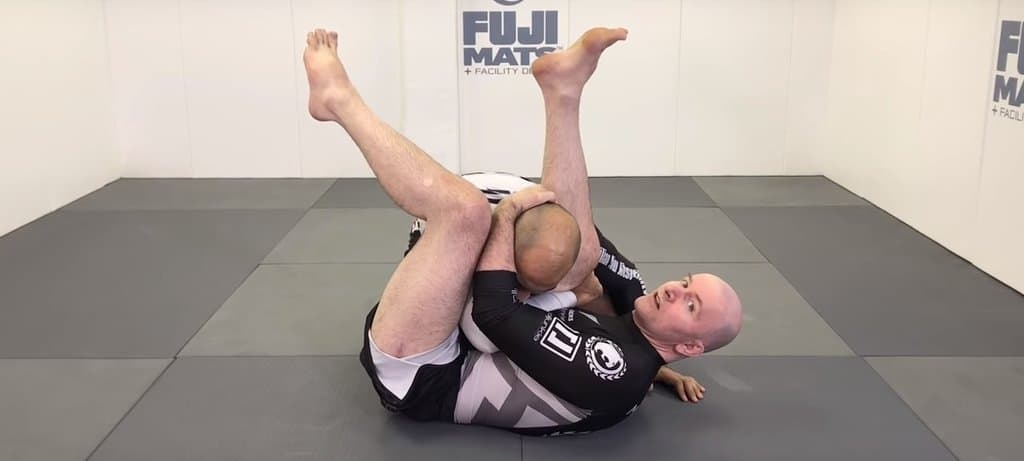
BJJ techniques have been designed and modified to be both effective and safe. To decrease your chance of injury you should perform them using textbook form. Like all athletic movements BJJ techniques follow common human biomechanical principles. When performing BJJ techniques you should brace your core, lift with your legs not your back, maintain a straight back, look in the direction you want to go and maintain a strong neck and shoulder posture. Your coach will demonstrate the techniques and you should do your best to mimic the exact movements they perform. To ensure you are using good technique ask your coach and other students for regular feedback as it can be hard to determine whether or not you are performing the technique correctly.
Train With Safe Partners
Is a good and safe training partner important in BJJ? Yes by training with a safe partner you can reduce the chance of injury. The majority of injuries occur in BJJ due to poorly performed takedowns. A good training partner will be able to perform takedowns which ensure you land safely and they don’t land dangerously on you. A common cause of injuries in BJJ are incorrectly performed submissions. A good training will correctly and slowly apply submission techniques on you allowing you time to tap long before any injury occurs. I have seen dangerous training partners apply submissions explosively not giving their partner enough time to safely tap. This type of behaviour fortunately is not common but does lead to injuries. It is important to find a partner who values both yours and their own safety and has the skill to perform the techniques correctly.
How and When to Tap in Brazilian Jiu Jitsu (BJJ)?
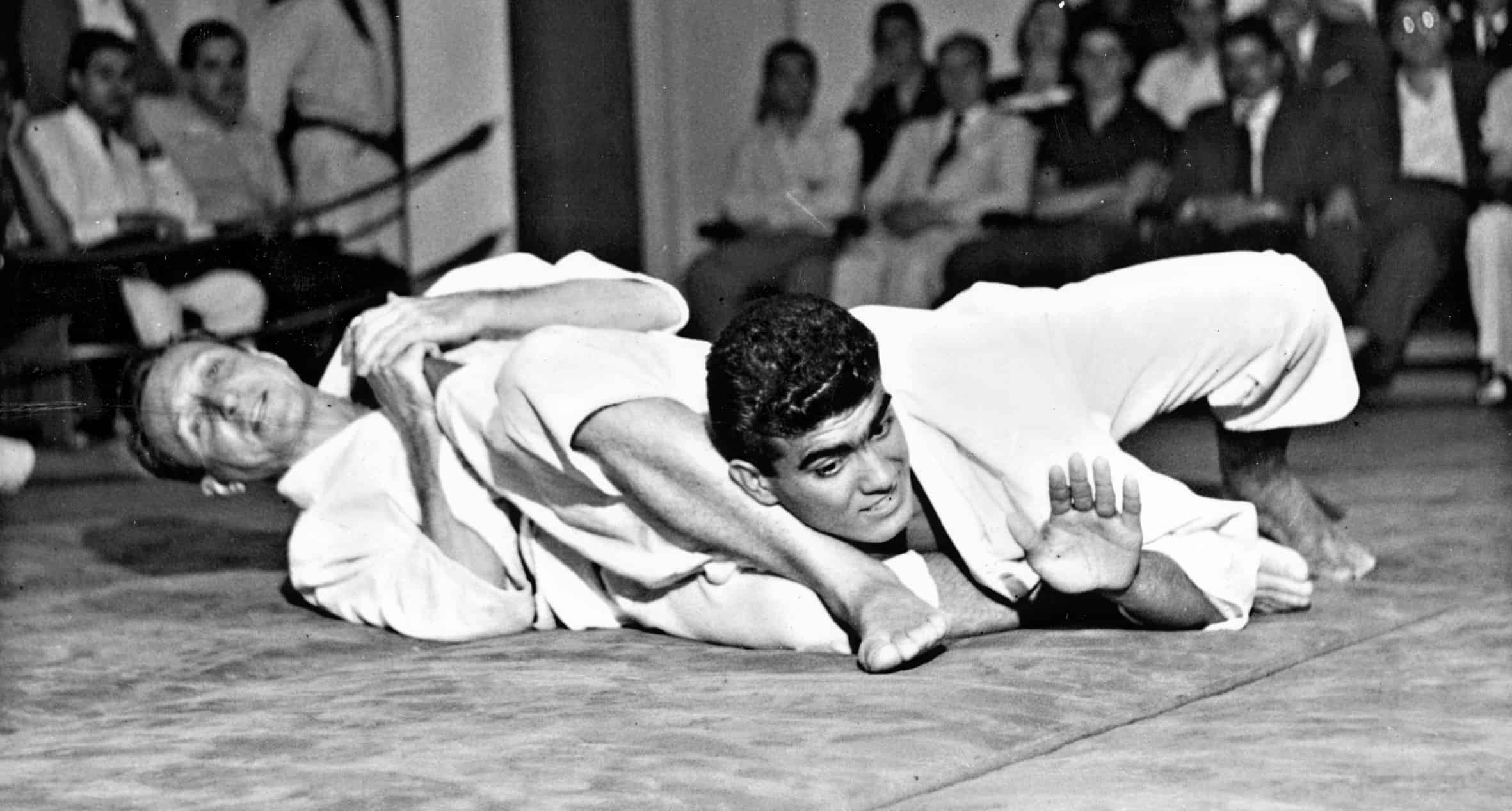
Tapping signals to your opponent that you are in a dangerous position and that you are conceding defeat. Once a tap occurs your opponent must immediately release the position. To tap in BJJ you should tap your opponent multiple times with your hand firmly enough that they can feel it while also verbally saying the words tap. This prevents a miscommunication between your opponent and yourself and decreases the likelihood of injury. If you are caught in a submission or you feel in danger I recommend you tap early especially if you are a beginner rather than too late. As a beginner you are still learning the positions so it is better to err on the side of caution and tap before you feel pain or injury. To significantly decrease your chance of injury when in a BJJ submission you should tap well before you feel pain. If you feel pain it is often a sign you tapped too late.
Stay Hydrated
Is it important to be hydrated when training BJJ? Yes dehydration can lead to injuries and unpleasant side effects such as cramping, nausea, headaches and diarrhea. To avoid these nasty side effects the American College of Sports Medicine recommends drinking 20 ounces of water a few hours before training, 8 ounces 30mins prior to training and drinking 10 ounces every 20 mins during training. You don’t have to obsessively follow this recommendation just ensure prior to training your urine is pale yellow and then throughout training you sip water every 15-20mins. Post training I would recommend drinking something with salt such as a Gatorade to replenish some of the minerals lost during training. Staying hydrated when training BJJ is very important, fortunately it is very easy to just remember to drink enough.
Train Under a Good Instructor
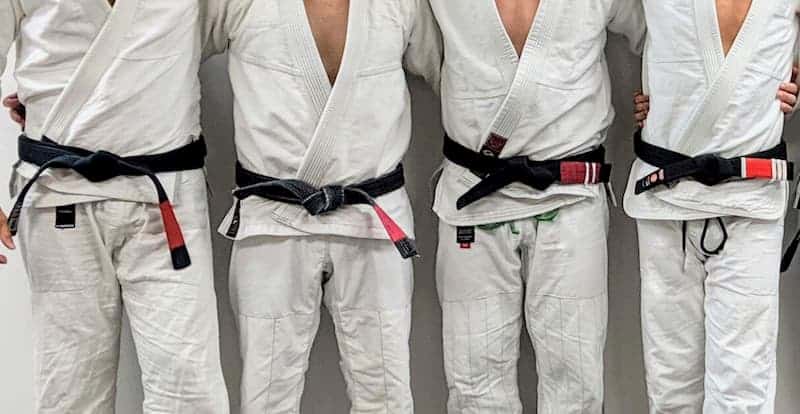
Will a good BJJ instructor make training safe? Yes a good BJJ instructor will not only teach techniques but will create a safe learning environment. A good BJJ instructor will teach students how to perform the techniques correctly and safely. They will correct any mistakes they see. As discussed previously by performing the BJJ techniques correctly you reduce the risk of injury. A good BJJ instructor will create rules which make training safe. These rules include matching the level of your opponent’s skill. For example a good instructor will not tolerate an experienced student using too much force against a beginner. A good instructor will ensure that students are careful when training with partners who are much smaller or weaker than they are as the size difference can lead to injuries for example a 100kg person falling on a 60kg person is a recipe for a nasty injury. A good BJJ instructor can reduce your risk of injury by teaching you correct technique and creating a safe environment where students look out for each other.
Brazilian Jiu Jitsu is a safe and fun sport. By following the easy to follow steps I have laid out you can avoid injuries in BJJ and be healthy while training for years to come.
